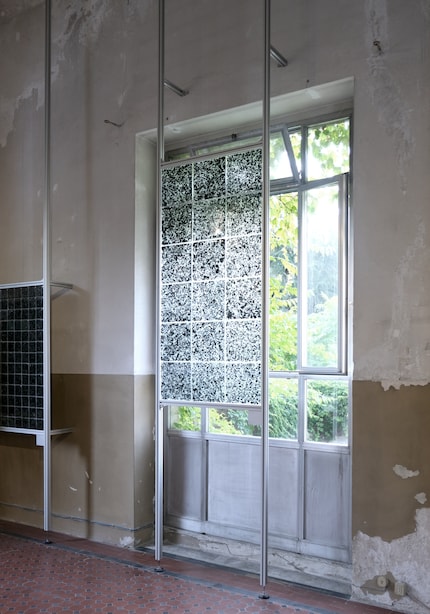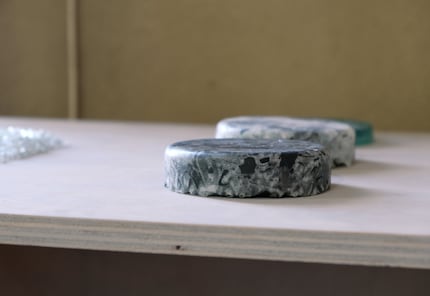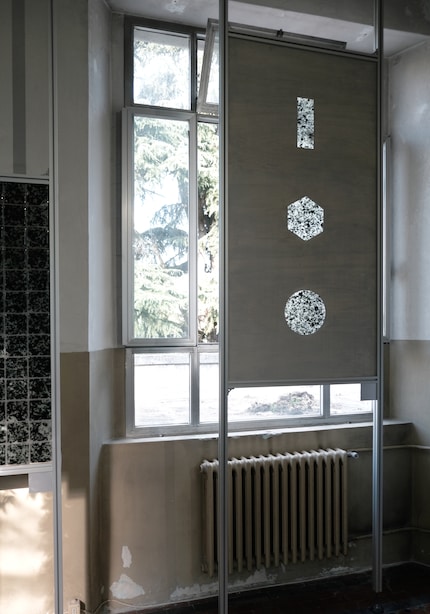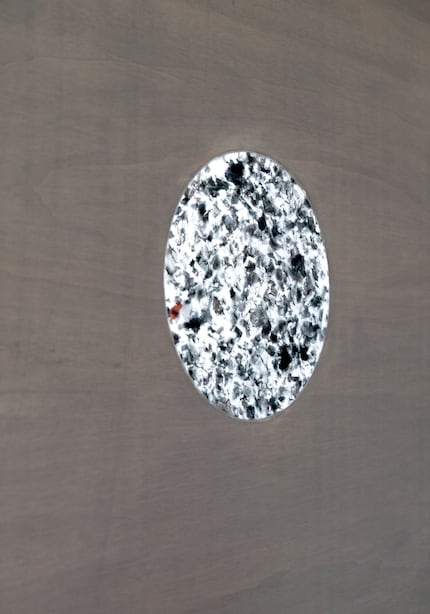What waste material do you think the tiles are made of?
Submit your tip - you'll find the solution right below.
- Glass23%
- Acrylic glass20%
- Epoxy resin22%
- Gauze4%
- Polyethylene film32%
The competition has ended.

Snøhetta, Studio Plastique and Fornace Brioni have developed a collection of tiles called «Forite», made from recycled household appliances. Can you figure out which scrap item was used in the manufacturing process just by reading the first few lines of this article?
Showcased for the first time at the last Milan Furniture Fair in Alcova, the tile collection emerged from the «Common Sands – Forite» research project. And here’s the kicker: each tile is comprised of the components of electrical appliances you often have at home. These appliances burn hot until they break. Then, they wind up in landfills because they’re inorganic and contain individual components that are hard to separate. The project team, consisting of Norwegian studio Snøhetta, Belgian designer Studio Plastique and Italian manufacturer Fornace Brioni, were no longer willing to accept this. Questioning these environmental conditions, the team came up with an innovative design.
The creative whizzes successfully managed to separate and process at least one material present in the components from the electronic scrap and make a terrazzo-like mixture out of it. In the future, this could be used in architecture as well as in furniture design.

The material has a lovely glint, tends to be see-through and is easily processed. It feels cooler to the touch than velvet or felt, but it’s extremely robust. It’s only when it expands beyond a certain point that it shatters. That’s as much as I’m willing to give away.
Submit your tip - you'll find the solution right below.
The competition has ended.

The material for the Common Sands project comes from the glass components of old ovens and microwaves. According to the project team, these appliances, as well as components such as the microwave’s windowpane or heat-resistant glass turntable, are almost never recycled. And this despite manufacturers of household appliances generally taking great pains to process glass for use in complex electrical components.
In order to extend the life cycle of the waste product, the project team worked through a series of multidisciplinary collaborations to figure out how to recycle the glass. During this process, they also developed Forite. Given their ability to let in light, the tiles can be used as semi-transparent room dividers, exterior walls or decorative furniture. Imagination knows no bounds. Otherwise, the tiles wouldn’t have been created.


This is the second instalment of the «Guess what?» series, in which you can use my clues to guess a design piece’s «secret ingredient». Follow me so you don’t miss the next one! You can find previously published articles in the series here:*
Like a cheerleader, I love celebrating good design and bringing you closer to everything furniture- and interior design- related. I regularly curate simple yet sophisticated interior ideas, report on trends and interview creative minds about their work.
Interesting facts about products, behind-the-scenes looks at manufacturers and deep-dives on interesting people.
Show all